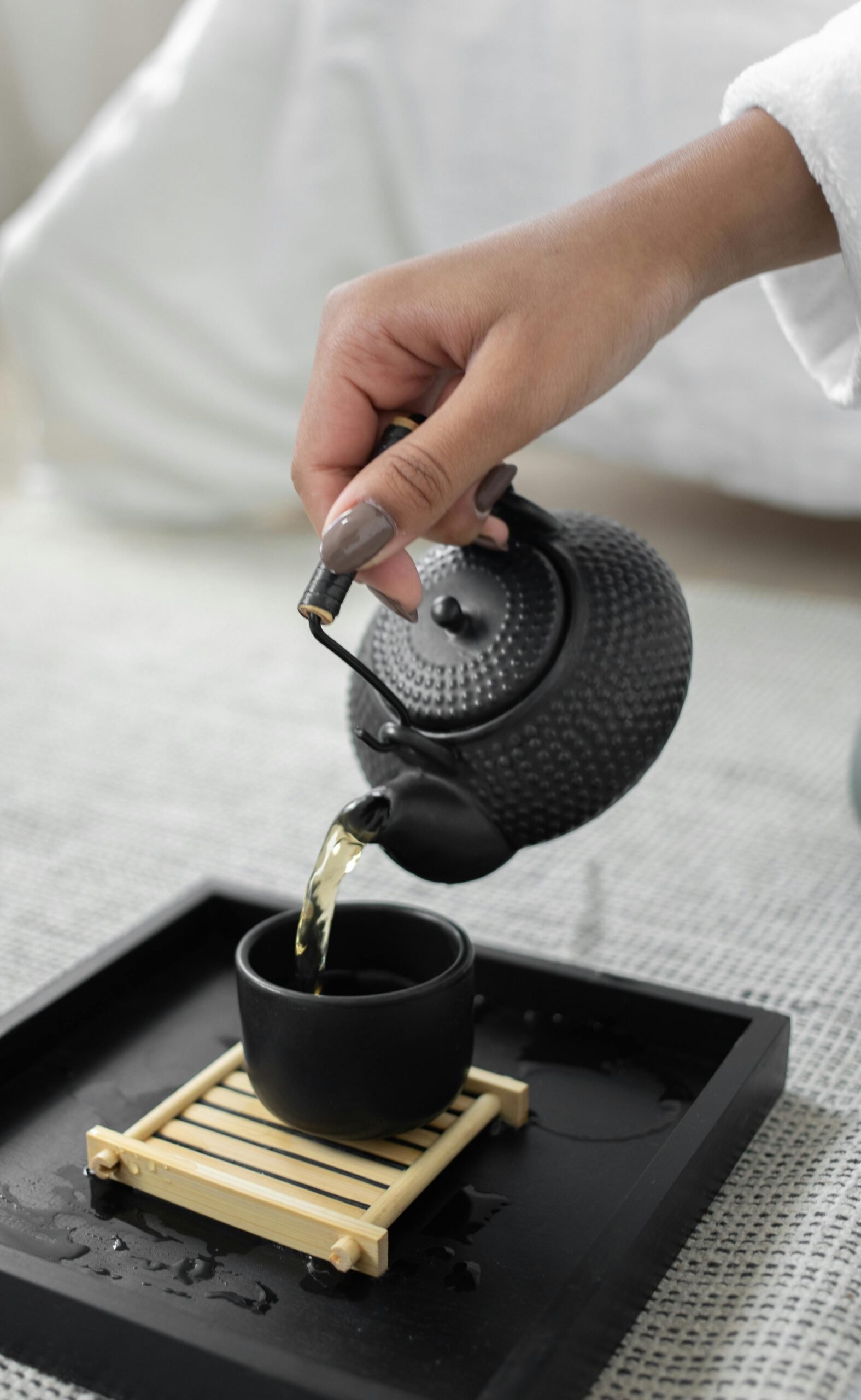Our heart health is silently protected by healthy blood pressure. However, when blood flow presses too hard against vessels, high blood pressure, commonly known as hypertension, results. One Think of blood pressure as being similar to the force of water passing through a hose. Just like excessive blood pressure can hurt our organs and blood vessels, too much pressure can ruin the hose.
What you eat and drink has an impact on blood pressure. It is frequently advised to adhere to specific diets, such as the Dietary Approaches to Stop Hypertension (DASH) diet. This diet plan limits red meat, added sugar, salt, and foods high in saturated fat while emphasizing fruits, vegetables, whole grains, lean protein, and low-fat dairy.
Tea is an excellent choice for a blood pressure-supporting beverage. However, research seems to indicate that one kind of tea is superior to the others in terms of controlling high blood pressure.
Consume Green Tea to Reduce Hypertension
Second only to water, tea is one of the most widely drank drinks worldwide Black, green, white, and oolong teas are examples of true teas, which include those derived from the Camellia sinensis plant. Herbal teas, which are made from a variety of different herbs, spices, and plants, are different from these real teas. Natural plant chemicals and antioxidants found in true teas benefit our hearts and many other parts of our health.
Green tea is the best tea option for hypertension since it seems to have the greatest clinical evidence of the four real tea varieties, indicating that frequent consumption is associated with lower blood pressure. Green tea was found to be beneficial in lowering blood pressure levels in a meta-analysis assessing its effects on high blood pressure when taken as a drink or supplement. In particular, systolic and diastolic blood pressure reductions of 3 mmHg and 1 mmHg, respectively, were beneficial to individuals.
Catechins are an antioxidant found in green tea that can strengthen heart health and blood vessel function. The researchers note that they might accomplish this by lowering oxidative stress and inflammation, enhancing nitric oxide synthesis, which opens blood vessels, and preventing artery narrowing.
Additionally, tea’s moderate caffeine content may promote a transient rise in blood flow, which may improve cardiovascular health in general.
How Green Tea Can Be Added to Your Diet
To enjoy green tea, simply steep the leaves in boiling water for three to five minutes; before drinking, remove the tea leaves or bag. It’s delicious iced as well. There isn’t a set amount of tea that is recommended to maintain healthy blood pressure, though. It is evident that incorporating green tea into daily routine, in addition to water, might be beneficial.
You can add sugar, like a little honey, if you need a little sweetness in the mixture. Just watch how much you put in, because some people have been shown to have higher blood pressure when they consume too much additional sugar.
Try a Matcha Green Tea Latte or an Apple-Cider Vinegar Tonic in addition to a traditional cup of tea. Make a Green Tea-Fruit Smoothie for breakfast.





